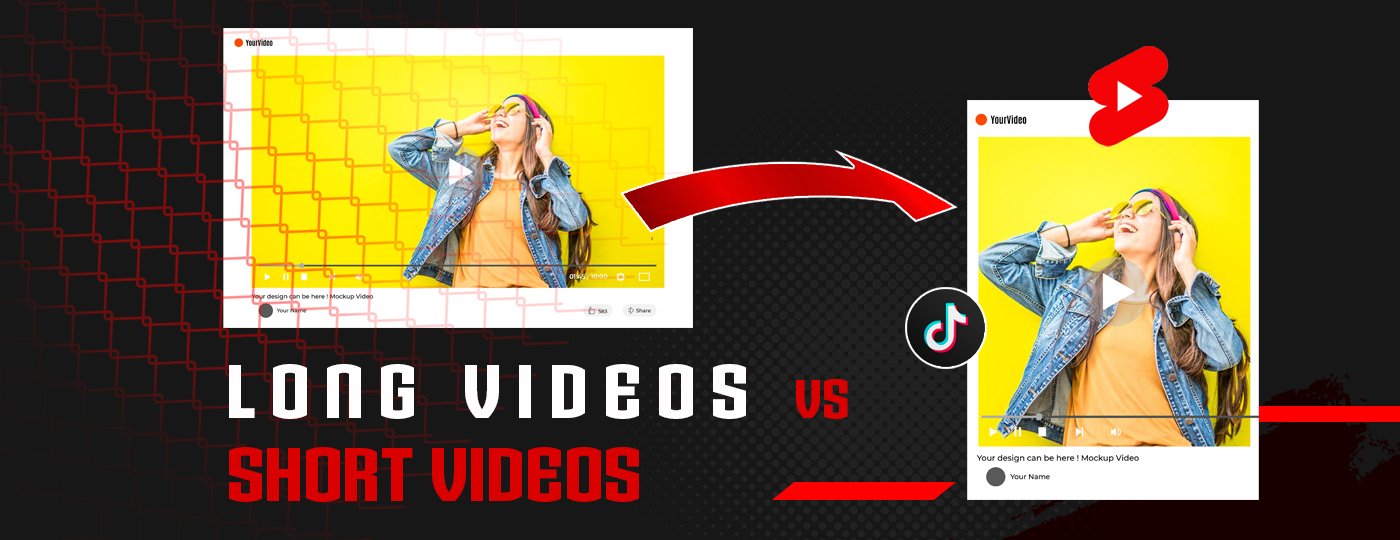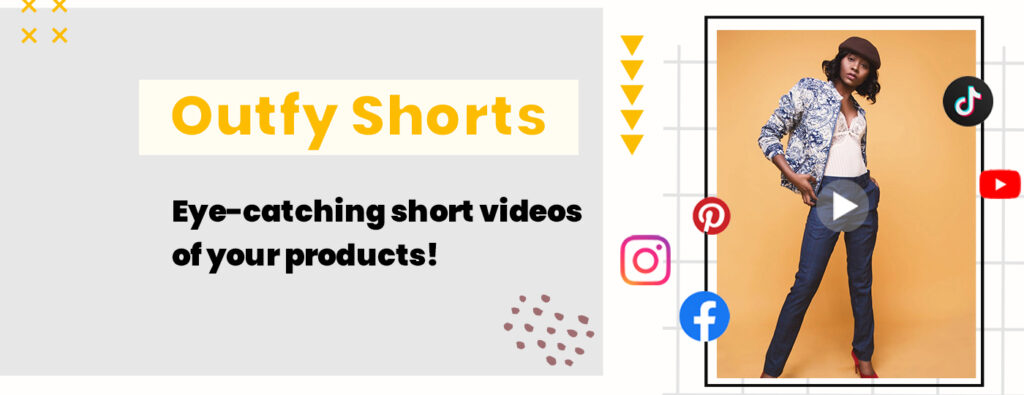|
Table of Contents |
Videos are the most engaging form of content online. Creating videos for your business is a tried-and-true way to boost engagement with your audience. In fact, it can increase conversion rates, email click-through rates (CTR), brand association, and audience engagement.
But which form (long form or short form) of videos should you choose to connect with your audience and build your business? Let’s look into it.
A brief about Video marketing
Since the early 2000s, video has exploded as a method for building relationships with audiences. Back in 2005, for example, YouTube was just a small video dating site (yes, dating site). It was not the major video search engine and social media platform it is now. We didn’t have TikTok, IGTV, Reels, or a majority of the other video-focused platforms, either. Now that there is a wide array of video marketing channels, your strategy needs to be flexible.
Short-form vs. long-form video content
Short form video content is typically brief and concise, while long form video content is more extensive and in-depth, allowing for a more comprehensive exploration of the topic at hand.
Fine, let’s get more specific. To be more specific, short-form videos are typically under 10 minutes long, while long-form videos are longer. Generally speaking, now, you’ll see a lot of short-form videos on social media. Whereas longer videos tend to be on a business’s website or YouTube.
So, which one? Choosing to create either short-form videos or long-form videos isn’t really an option if you want your content strategy to be successful in 2024 and beyond. Both long-form and short-form videos have their place in your content plan.
5 Factors for choosing a Video type
Well, what should I consider before choosing a form of video?
Great question. Here are 5 factors to keep in mind:
 Study your audience
Study your audience
You can read every article that exists about what type of video you need, but ultimately, the choice between long and short-form videos depends on your audience.
You may find that on YouTube, your long-form videos don’t perform well, or on other social media, you might notice more engagement with videos over the 10-minute mark. This would contradict the normally accepted practices to keep YouTube videos lengthy and trim your social videos down—and that is totally okay.
If you’ve created videos before, look at your top videos and make note of their lengths. If you notice that longer videos get more views, shares, or other engagement metrics, you may want to create more of those. If shorter videos get your audience interested, that’s the way to go.
Here’s the thing: Don’t stick to a certain video length because it’s what you’re “supposed to do.” Choose what works best for your audience.
![]() What do you want from your videos
What do you want from your videos
Knowing what you want your video to achieve makes your whole decision-making process easier. Is your goal to educate your audience and establish your business as an industry leader? Do you want to tell a story that drives your audience to act or show off your product to boost sales?
No matter what you want your video to do, having a clear purpose for it makes choosing the video style, format, budget, marketing channel—and, of course, length—so much easier.
![]() Keep in mind the type of video
Keep in mind the type of video
The type of video you make greatly impacts its length.
An educational tutorial on how to install a sink, for example, needs more time to cover important information than a customer testimonial does. Just imagine trying to follow a tutorial that speeds through every step, or sitting through a testimonial that raves about a business for 20 minutes straight.
Videos that work well in a longer format: Documentaries, talks, events, and the like.
Videos that work well in a shorter format: Product videos, commercials, contests, testimonials, and the like.
While the aforementioned examples serve as a quick guide, these lists are not set in stone. Observe what works and act accordingly.
![]() Also, there’s your budget
Also, there’s your budget
The longer your video is, and the higher your production value, the more expensive it will be. If you want to hire a professional team of video marketers to create a 20-minute documentary about the history of your business, you need to be prepared for a significant investment.
If you don’t have the budget for a professionally-produced masterpiece, use the tools in your pocket—literally. Your phone can record great footage, and some social media platforms have editing features that let you trim and add effects to your video.
![]() What works on your marketing channels
What works on your marketing channels
Lastly, where you want to share your videos greatly impacts the decision of short-form vs. long-form video content.
As mentioned before, you can stray from the status quo when it comes to what type of content belongs on a certain marketing channel—but only if it works.
Don’t forget: Make sure when you’re thinking about the duration of your videos that you first research the platforms where you want to share them.
Be mindful that you can test different video lengths until you find what works best –– the sweet spot. Pay attention to your video performance and adjust until you see success.
Last but definitely not the least: Just because something worked for one type of video doesn’t mean it will always work. Your video marketing strategy needs to be flexible and adjust to people’s viewing behaviors for maximum impact.
Social media platforms thrive on user-generated videos, so don’t hesitate to produce content on your own or automatically using an easy-to-use app like Outfy. Check out Outfy to see how to create engaging videos in a jiffy.








